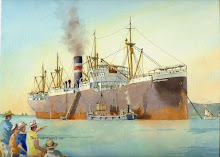There is a small maritime museum in a small coastal town named Rauma, in Finland The museum still keep up the memories of that sombre Christmas eve in 1947 when the American ship named Park Victory went down off the south west coast of Finland taken ten crew members with her into wateri grave of the Baltick Sea.
In this museum you could find the dismal story of Park Victoria telling with those small remains and debris of that ill- fated ship.
On 9 of December in 1947 the liberty ship Park Victoria was arriving at Hampton Road to be load cargo as coal charity for Europe. Getting the loading completed, she 11th December left Hampton Road and sailed out to Atlantic bound for Finland. Captain Allen Luis Zeppin the master of the Park Victory hardly had any exact knowledge about that remote country in a far corner of the northeast Europe.
The ship had the crew of 43 aboard, all told, and after been crossed the pool she arrived at the northern Baltic Sea in the afternoon of Christmas Eve just before as the grey winter day of sixty latitude turned into darkness.
The ship was bound for Turku, a city that located on the mainland, seen from the sea, beyond a hundred of rocky isles. By five o’clock at afternoon the Park Victory was calling out the pilot from the Uto, the utmost lighthouse post of the southwest archipelago. When the pilot was boarding there was a new order for the new destination being now Helsinki. Mr, N. Linström, the pilot in duty suggested to the captain to anchor the ship off the island to be wait there the next morning and then continued the voyage to Helsinki, the daylight allowing better navigation with good visibility, for the region between the lighthouse Uto and the Helsinki, was still partly unclean of the mines, and there was just a narrow passage which need the daylight to be find.
The pilot remains aboard and the starboard anchor was dropped to the bottom near the rocky islad, not far from the lighthouse. By the night the southwest wind strengthen, the pilot who slept in pilot’s cabin, was wakened with the feeling that the ship was heavily rolling, from which he instantly understood that the anchor has loosened its hold, and the ship was drifting.
It was snowing and the gale was blowing with full strength, the temperature of air was lowered two degrees in minus Celsius.
The watch was turned to and was stand-by on the forecastle head ready to lower the second anchor, but the captain hesitated for the main engine was slowly propelling against the wind and he evidently thought the problem what the two anchors at the same time down could cause. The seas grew biggest and after two ours there was a bang as the ship touch the bottom in a trough . It wasn’t serious touch and there reported not damages. An our later there was more serious hit in the amidships and the ship was grounding. The blow broke the plates of the engine room bottom and the engine room rapidly flooded. To the next the ship suffered black out as the generator went off.
The order was given sent out the distress signal and lowered the boat.
On the Uto, inhabitants consisted of a fishing community about a hundred occupants including the military staff and the pilots.
As there was tradition among the islander to gather together every Christmas Eve in the stone chapel to be cerebrate and singing together, so was also in that particular Christmas Eve in 1947. When the oldest lighthouse keeper was delivered the sermon of the Christmas, and the occasion in this tiny chapel was over, the people returned to their homes without knowing that at the same time there was a ship in distress and the crew of it was struggling for their life in the dismal winter night, not far from the chapel.
Decades after the distress, a fisherman named Tovard Sjöberg, islander by born, and who must have been quite young that time, with accordance the interview in 1997 he still well remembered that very long night:
“When the alarm was given, it was half past three in the morning and everybody rushed towards the pilot station asking of questions to each other; what has happen? Or whether she is still aloft? “
The pilot boat set out to the dark stormy sea following by a small military craft under command of Tovard Sjöberg.
“ We were heading in direction where we assumed the ship been anchored, but there wasn’t anything to be seen but lot of tiny lights, floating on the waves. When we picked up one of them we found it being a life buoy. We criss-crossed the scene hopping to find something else, then we spotted a light from a rock and we steered towards it. We circled the small rock trying to find a place for safety landing but we didn’t found a suitable place get ashore. was too dangerous put right to shore With the gale blowing and the underwater rock surfing in the pitch-dark night, so I decided stay close by the rock and wait the morning to come, and the daylight with it.
With first rays of the dawn we made new attempt to come near the rock. It was little abated and we approached the rock from lee side and succeed got a rope over. There were fifteen men, they were spend all the nigh on that small rock being expose all that time to the winter gale and ice cold water. One of them was passed away by hypothermia. fourteen were alive but in bad condition. We hauled all them in by and by then retuned to Uto. There were many of survivors wore just a underwear and were chilled to the bone
There was another lifeboat of the Park Victory, been beached on another rocky, it was half submerged and it beat itself against the rocky there were sailors there sitting in water unable to climb ashore. In this lifeboat was sitting among the American sailors, the pilot who was boarding the ship a day before.
Among the first survivals was the master of Park Victory, captain Allen Luis. Many of the survivors were in bad condition for there was frost in air, so that I had many times cleared the windscreen of the boat to be able to see something ahead.”
The people of the Uto continued search the region hopping still find more survivors from the wrecked American ship. There was plenty of floating wreckage and debris beached the isle around but not a survivors. A lifeboat reported been found washed up on an islad far a way from the scene with the perished sailors in it.
From the forty-eight crewmembers of the Park Victory, ten were lost in the watery grave of the northern Baltic Sea.
The days after the disaster there could see the tip of masts and the white bridge of the vessel showing through the water in deep about ten feet. During the winter the moving ice lifted the wreck up in sight, and sifted the remnants into more deep and she disappeared forever
The text is so as it is, there lack of the edition.
skip to main |
skip to sidebar



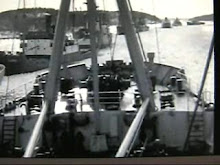

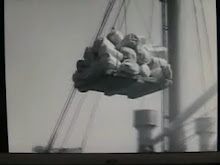
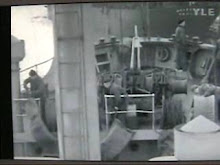


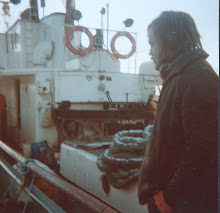
on Mondey

cubana

The antony II



The author

A plain vessel
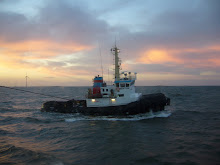
Look out

the fishermen of the Black Sea

The fishermen in the boat
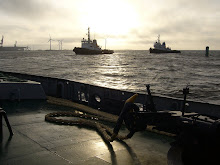
The stand-by tugs

The vage

the night

An odd craft

shore

still water

The bridge over water in Parnu halbor

The lifeboat of the sunken ferry Estonia

April 2009
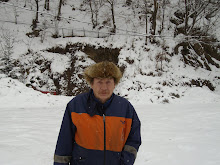
Eki, who I come upon on the Nessebar
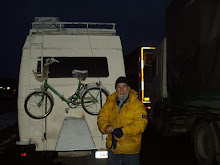
in a small willage

The last dinner of the Titanick. the photo taken in 2004 in the maritime museum in Rauma.

one cold morning on the Nessebar island

The Angus
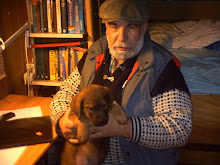
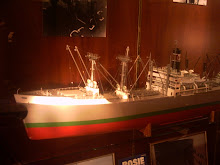
In the maritime museum in Rauma
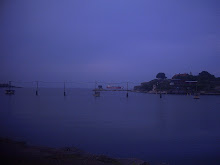
There is a ship, entering the port
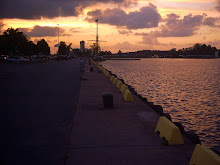
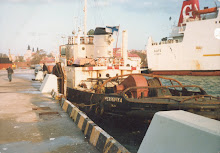
the eagle with the jummping men



l
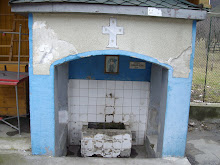
haly water in Romania

on the river of saimaa through the ice we towed

the time before the retirement

Pontius was the tug tha was towing

The books

Flag of Convenience,

puting out of Nessebar with the fishermen
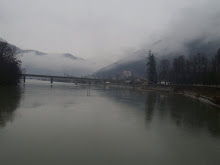
A river in the Carpatian mountai



Iam going to hotel

towing

The rive Tyne in my yough

The book

The end of the adventure with the Russe trawler

I was tape-regording up the song of my fried in
The blog of Martin Latimeri
the pakri
The outlook

home
putting out

The tug

unloading the cargo


ASHER


The engineer of the tug Artemis

on Mondey

cubana
The antony II
the four inmobile men
return of the fishermen
the author
The author
A plain vessel
The tug
Look out

the fishermen of the Black Sea

The fishermen in the boat
a fleet of tugs waiting the big to come
The stand-by tugs
The lake saimaa

The vage

the night

An odd craft

shore

still water
The bridge
The bridge over water in Parnu halbor
Parnu.Estonia
The lifeboat of the sunken ferry Estonia
Newstad in Finland
April 2009
On the road
Eki, who I come upon on the Nessebar
Hard wintern near the borden of Turky
in a small willage
The captain's table

The last dinner of the Titanick. the photo taken in 2004 in the maritime museum in Rauma.
January
one cold morning on the Nessebar island
My secound seagoing ship

The Angus
traveling with the rocky
The model of the Park Victor

In the maritime museum in Rauma
Kalsham in Sweden
There is a ship, entering the port
One lovely sunset in Vestervik

the sea eagle

the eagle with the jummping men
The road house
The Ukraina
the kids aside of the road in romania
l
The holy well
haly water in Romania
towing the timper

on the river of saimaa through the ice we towed
The tug

the time before the retirement
The sea barge

Pontius was the tug tha was towing
The ship of...

The books
The books

Flag of Convenience,
bulgarin fisherman
puting out of Nessebar with the fishermen
A river in romaniia
A river in the Carpatian mountai
Blog Archive
About Me

- Martin Latimeri
- an old chap, and old salt. have said that middle age begins,not at any particular chronological point in life, but exactly when, early or late, we biging to feel we are going to died.
the albatros

On the road
Iam going to hotel
The tug and the ship

towing
Not worth of his salt
Flag of Convenience,
There was ennui and incipient mutiny among the crew on board the ship. Then there was the new crew from the East—young men full of optimism and joy to be serving on board the western ship, which paid the salary in dollars.But there was more than the western lifestyle, something that they were not accustomed to—the profits of ship owners and operators at all coasts.However, like pilgrims, they awaited the ship’s arrival in Germany.The tale is set on the voyage from Sweden to Germany under the flag of convenience.
Softcover [$12.95]
The dunston street

The rive Tyne in my yough
writing the book

The book
The trawler

The end of the adventure with the Russe trawler
Playing in south France

I was tape-regording up the song of my fried in
